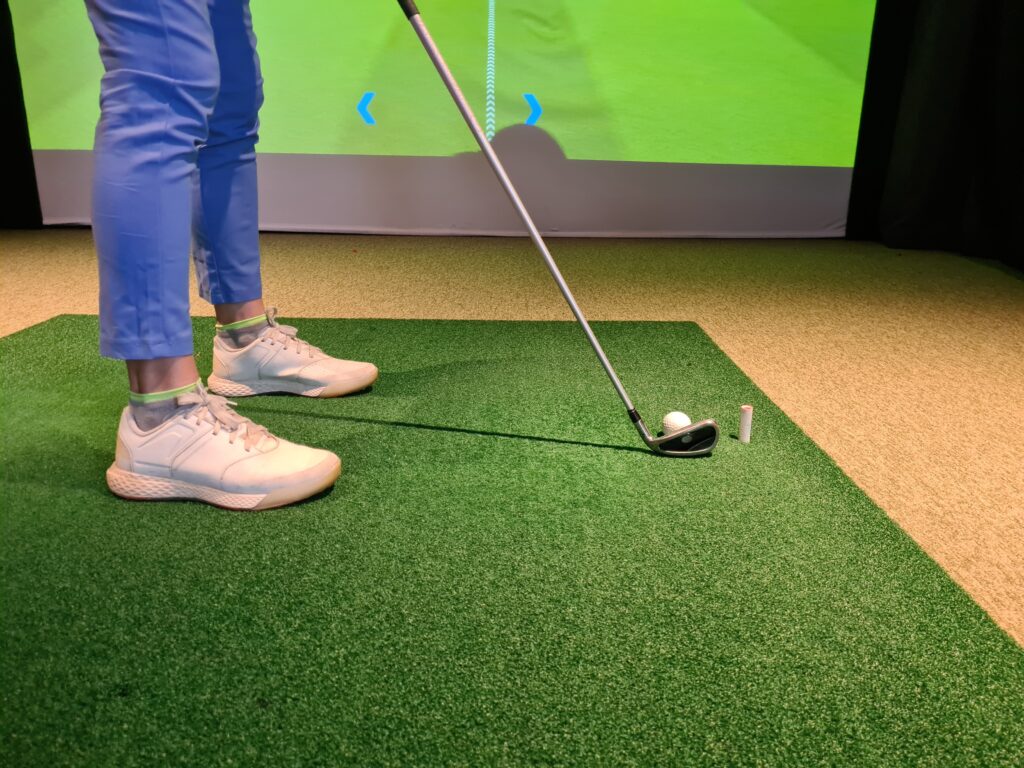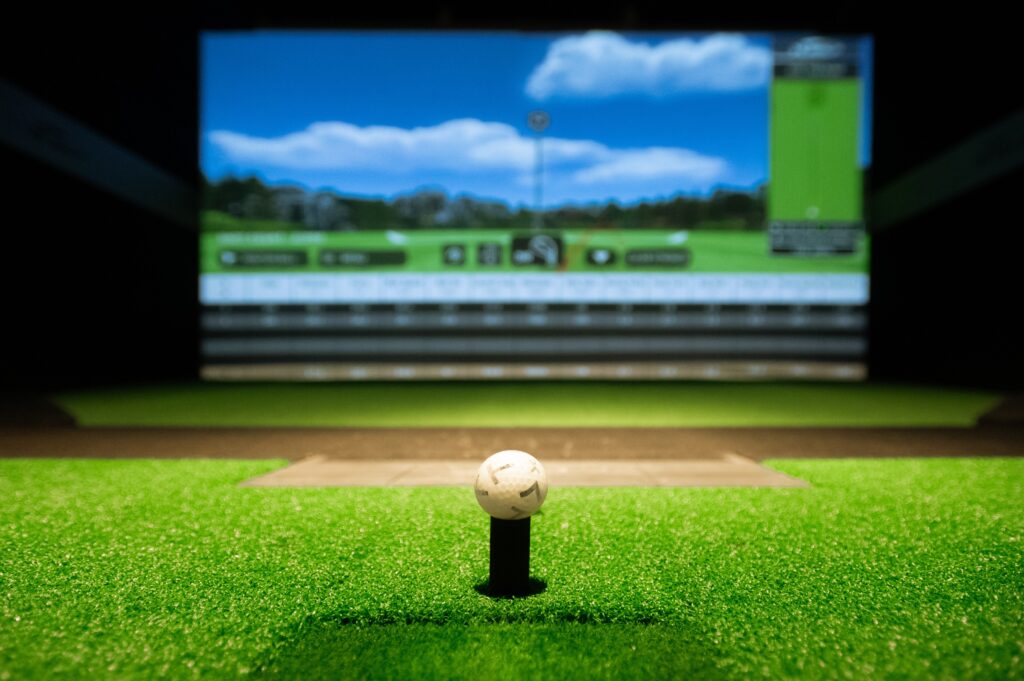In the game of golf, few words evoke as much excitement and satisfaction as “birdie.” Whether you’re a beginner just learning golf terms or an experienced player tracking your scorecard, understanding the significance of a birdie adds depth to your appreciation of the game. So, what is a birdie in golf?
A birdie represents a moment of success—a sign that a golfer not only played a hole well, but did so with skill, strategy, and precision. It’s one of the most common scoring milestones in the game, celebrated with enthusiasm by amateurs and professionals alike. Let’s explore what a birdie means, how it’s achieved, and why it matters in the broader context of the sport.

The Basic Definition of a Birdie
A birdie occurs when a golfer completes a hole one stroke under par. Par is the expected number of strokes an expert golfer should take to complete a hole, and is typically assigned based on the hole’s length and difficulty:
- Par 3: A birdie is a score of 2
- Par 4: A birdie is a score of 3
- Par 5: A birdie is a score of 4
In essence, a birdie reflects a well-played hole where the golfer performed better than the course designer expected.
The Origin of the Term “Birdie”
The word “birdie” originated in the United States in the early 20th century. Legend has it that during a round at the Atlantic City Country Club in New Jersey, a golfer hit a particularly good shot and called it a “bird of a shot.” His playing partner suggested that if he made the hole in one stroke under par, it should be called a “birdie.”
The term stuck, and over the next several decades, it became a universally accepted part of golf terminology. It’s now used globally and stands as a key part of golf’s unique scoring language.

How to Score a Birdie
Achieving a birdie requires more than just a good swing—it requires intelligent course management, consistent ball striking, and confident putting. Here’s how a typical birdie might unfold:
- A well-placed tee shot lands on the fairway.
- A precise approach shot puts the ball close to the pin.
- A successful putt drops the ball in the hole in one stroke less than par.
Birdies are most common on par 5 holes, where skilled golfers can reach the green in two shots and then two-putt or chip and putt for a score of four. On par 3s and 4s, birdies are typically harder to come by and often the result of aggressive play and excellent touch around the green.
Why Birdies Matter
For many players, birdies are personal milestones and moments of celebration. They’re an indication that the golfer is progressing, learning to navigate course conditions, and mastering fundamentals. In competition, birdies are crucial—they can swing match outcomes, influence tournament leaderboards, and build momentum.
Birdies also boost confidence. For amateur players, scoring a birdie often feels like a professional-level achievement. For pros, stacking birdies is how they win.

Birdies and Golf Handicaps
In the handicap system, birdies help lower a player’s overall scoring average. Since the handicap index is calculated based on a golfer’s potential (their best scores), birdies improve scoring differentials and contribute to lower indexes over time.
Scratch golfers and players with low handicaps often average multiple birdies per round. Beginners may go many rounds before recording one, making that first birdie a memory to remember.
Simulators and Practicing for Birdies
Modern golf simulators—like those offered at Sim Cup Golf—are ideal for practicing the elements that lead to birdies: distance control, precise approach shots, and putt accuracy. Virtual golf platforms allow users to simulate famous courses, take aim at difficult pin placements, and challenge themselves with tight scoring objectives.
By playing on a simulator, golfers can track their performance over time, receive real-time swing feedback, and refine their strategy for scoring opportunities. Some simulator software even features birdie-focused challenges and scoring drills that help players train their minds and bodies for game-day success.
How Often Do Golfers Make Birdies?
Birdie frequency varies widely by skill level:
- Beginners: May score a birdie once every 10–20 rounds
- Intermediate players: Might average 1 birdie every 2–3 rounds
- Scratch golfers: Often make 2–4 birdies per round
- Tour professionals: Can average 3–6 birdies per round
These numbers depend on course difficulty, playing conditions, and the golfer’s strengths. While rare for high-handicappers, birdies are still achievable with focus and training.

Birdies vs. Other Golf Scores
Birdies are part of a scoring system that includes several familiar terms:
- Par: The expected score for a hole
- Bogey: One stroke over par
- Double bogey: Two strokes over par
- Eagle: Two strokes under par
- Albatross: Three strokes under par (extremely rare)
Birdies sit on the positive side of this spectrum, often marking the turning point in a golfer’s round.
Conclusion
So, what is a birdie in golf? It’s a score of one stroke under par on a hole—a small yet meaningful victory that signals skill, precision, and a love for the game. Whether it happens on a par 3 with a perfect tee shot or on a par 5 with a well-judged approach and putt, a birdie is a moment every golfer remembers.
At Sim Cup Golf, players have the tools to chase birdies every round through simulator-based practice, real-time analytics, and virtual course experiences. Whether you’re new to the game or chasing a scratch handicap, every birdie brings you one step closer to golf mastery.
Helpful Resources:







